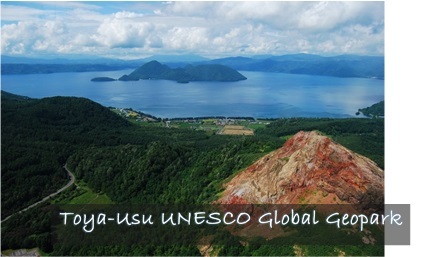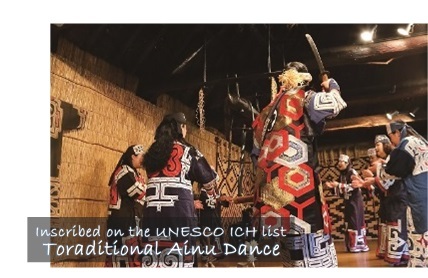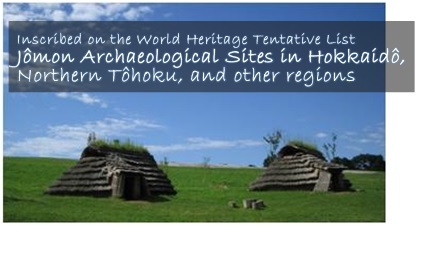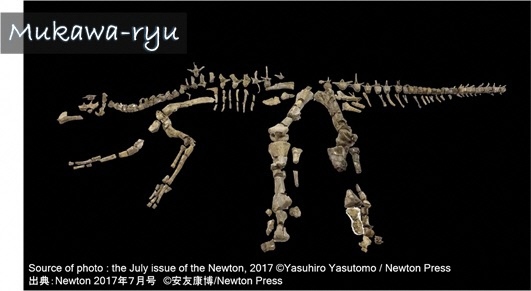The Great Four Heritages of Iburi
There’s a region called “Iburi” in the southwest of Hokkaido. Here you can find four world-recognized heritages within an area which can be driven through in just two hours or so.
 |
Coexistence with the Ever-Changing Earth “Toya-Usu UNESCO Global Geopark” Toya-Usu UNESCO Global Geopark is a precious place that teach us about our living planet and its relationships with the life it supports. Lake Toya formed as a result of a huge volcanic eruption some 110,000 years ago. Mt. Usu was also created by a series of eruptions between 20,000 to 10,000 years ago. In more recent times, Mt. Usu has erupted every 20 to 30 years, and walking trails here with views of craters, damaged structures and roads give visitors a glimpse of how devastating volcanoes can be. |
|---|---|
Ainu Culture includes The traditional Ainu Dance which is inscribed on the UNESCO ICH list Among the several forms of culture the Ainu people have long fostered, it is Traditional Ainu Dance that they have performed during ceremonies or get-togethers with friends to express gratitude for the deities, and also in daily life to share happiness and sorrow with them. The Traditional Ainu Dance has been designated as an important intangible folk cultural asset of Japan and 18 groups all over Hokkaido are specified as protection groups. It has also been inscribed on the UNESCO ICH list, and you can see the performances at some facilities, including the museum in Iburi. The Japanese government is developing the Symbolic Space for Ethnic Harmony (This informal name is 'Upopoy'.), which will include a National Ainu Museum, in Shiraoi town of the Iburi region. The space will serve as a national center for providing information on and revitalizing Ainu culture, such as Traditional Ainu Dance. They plan to open it to the public in 2020. |
 |
 |
Jomon Archaeological Sites in Hokkaido and Northern Tohoku aim for inscription on the World Heritage List The Jomon culture is a prehistoric culture that lasted for nearly 10,000 years, coexisting with Japan’s rich natural surroundings. The Jomon people lived in permanent settlements producing unique pottery, clay figurines, and accessories. They lived primarily not by agriculture, but by hunting, fishing, and gathering. Hokkaido, the 3 Tohoku prefectures, and relevant municipalities are cooperating with the common aim of achieving inscription of the Jomon Archaeological Sites in Hokkaido and Northern Tohoku, including the 3 archaeological sites in Iburi, on the World Heritage List. At the facilities by the archaeological sites in Iburi you can touch real Jomon pottery, try your hand at digging, or see the restored pit dwellings. |
Mukawa-ryu “Mukawa-ryu” or Mukawa Dinosaur is a complete skeletal fossil of a dinosaur which is a member of Hadrosauridae, and was excavated in Hobetsu, in Mukawa Town. With a height of well over 8 m, it is the nation’s largest complete skeletal fossil. “Mukawa-ryu” was discovered from a marine stratum of the late Cretaceous period (approximately 72 million years ago.) The discovery of a land dinosaur fossil in a marine stratum is extremely rare worldwide, and this discovery is said to have great value for understanding dinosaurs’ way of life at that time. You can see a part of the “Mukawa-ryu” skeleton, as well as valuable fossils including a plesiosaur from the late Cretaceous period, Mosasaurus, ammonite, Inoceramus and more at the Hobetsu Museum. |
 |

